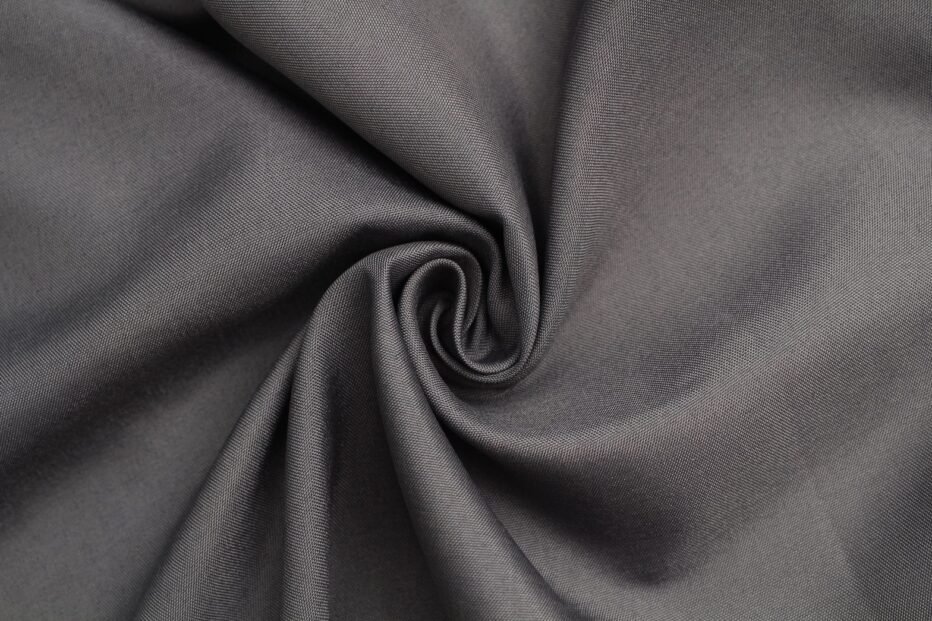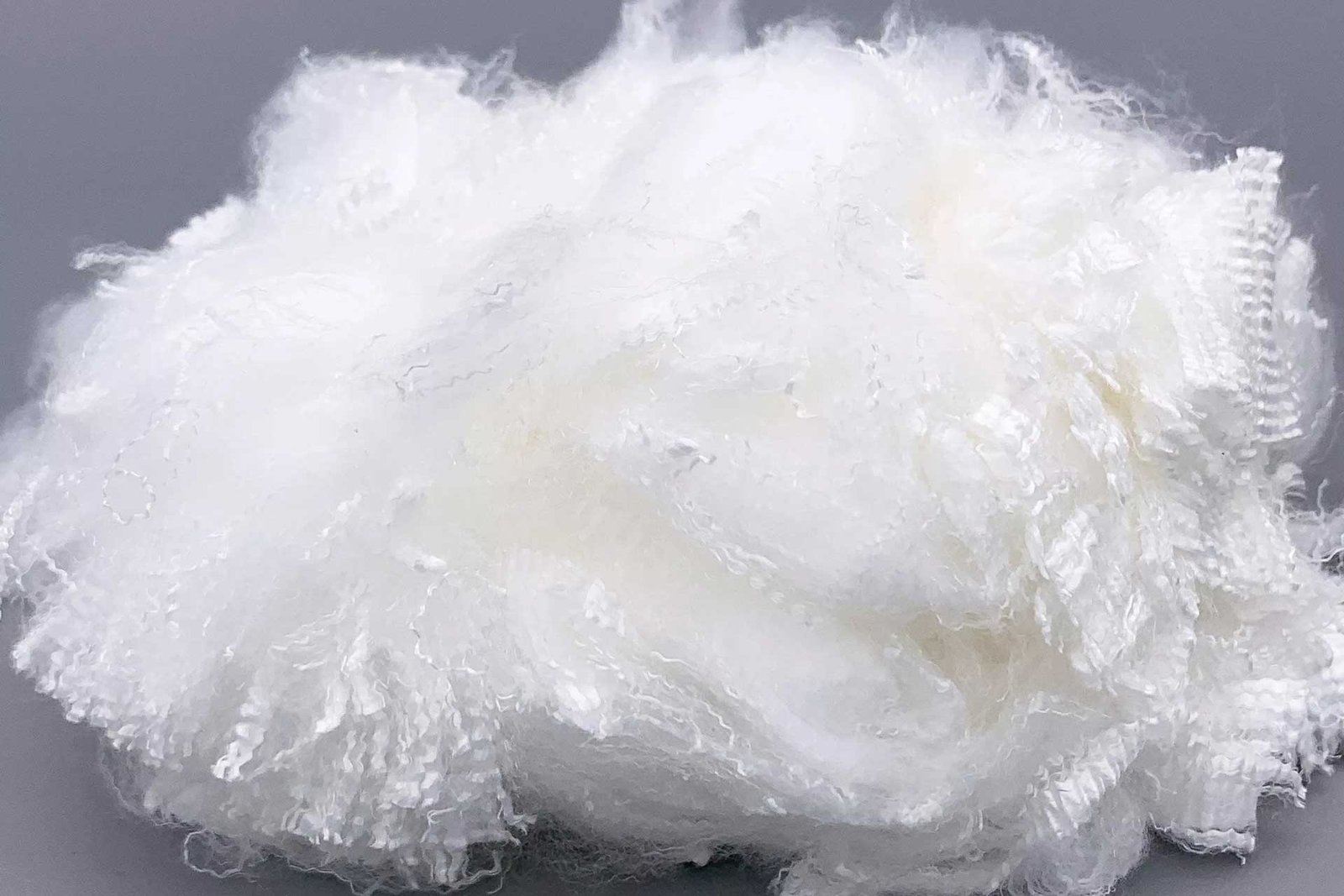
Description
Ultra-thin synthetic fiber that is less than 1 denier.
Microfiber commonly made from nylon, acrylic, and polyester, microfiber can vary in composition and combinations of synthetic fibers. Although they have a wide range of applications, they are somewhat controversial due to the fact that they are non-biodegradable and can damage the oceanic food chain.
Background
Story
Microfiber was invented in Japan during the 1970s to create lightweight, flattering swimwear for women. Unfortunately, it failed, as the swimsuits absorbed water and became very heavy. Europeans then redeveloped microfiber, with DuPont introducing the “first” microfiber made from polyester in 1989.
Manufacturing
Microfibers usually exhibit a linear density of less than 1 dtex. There are various methods of manufacturing microfibers, including modified conventional spinning. All three conventional spinning methods, namely, melt spinning, wet spinning and dry spinning can be employed to manufacture microfibers.

Expertises
Characteristic
- Lightweight, soft and drapes easily
- Ultrafine; finer than the most delicate silk
- Insulate against wind, rain and cold weather
- Absorbs moisture very quickly with a split weave
- Shrink and stretch resistant
Effective at capturing microbes
Several studies have determined that microfiber is better than cotton at capturing bacteria. The University of California, Davis Medical Center compared the amount of bacteria picked up by a cotton-loop mop and by a microfiber mop. The cotton-loop mop reduced bacteria on the floors by 30%, whereas the microfiber mop reduced bacteria by 99%.
Prevents cross-contamination
Microfiber cloths and mops are available in different colors so that a color-coding system can be implemented for specific uses. For instance, in bathrooms, pink cloths can be used for toilets and yellow cloths for sinks. Green cloths can be used for office cleaning.
End-Uses of Microfibers
Micro fiber is used to make mats, knits, and weaves for apparel, upholstery, industrial filters, and cleaning products. The shape, size, and combinations of synthetic fibers are selected for specific characteristics, including softness, toughness, absorption, water repellency, electrodynamics, and filtering capabilities. In previous article I have discussed about application of micro fiber.
Social
12k followers
30k likes
Youtube
22k subscribers
8k followers
Have a project in mind?
If you have a great idea, reach out to me. Whether it is a small or big project, I will listen first and get back to you with a plan.

